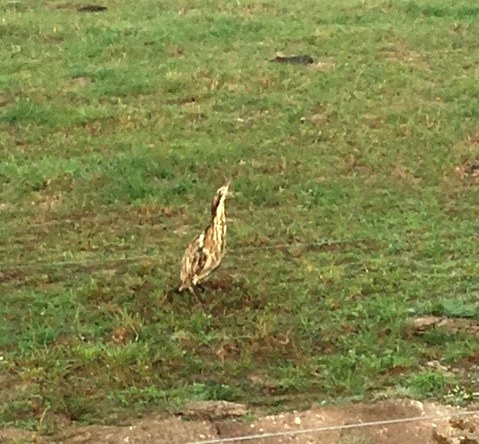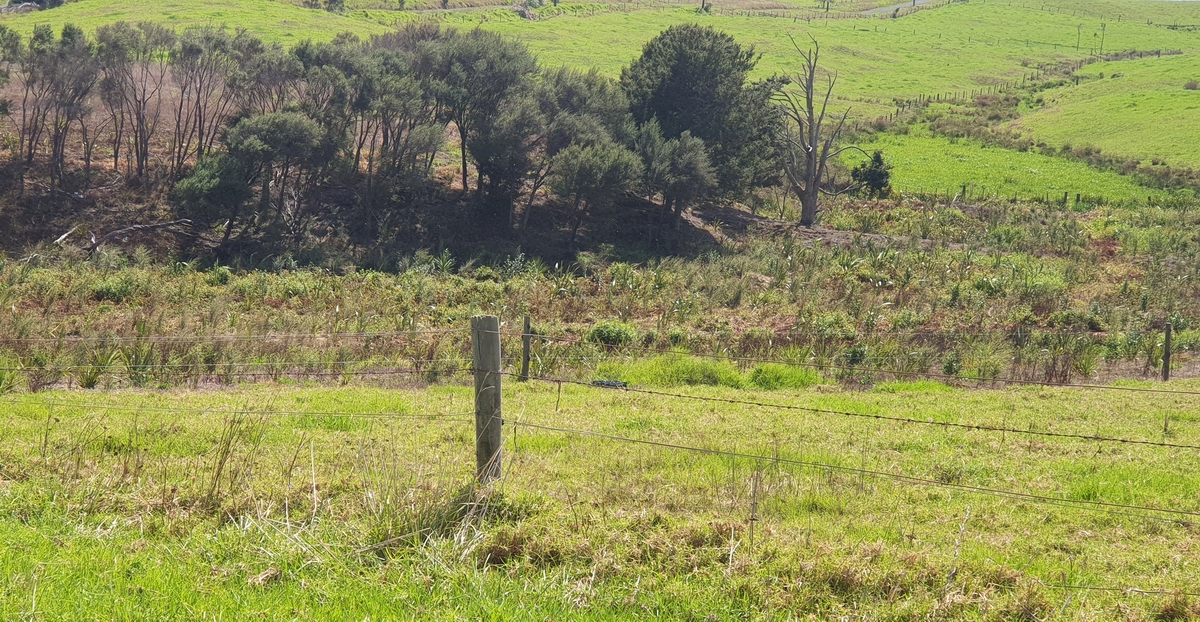Story
Planting wetlands for the next generation: case study
Through his journey to retire unproductive land on his farm, Mark Meyer has not only discovered endangered birds on his property but embarked on environmental work that he believes will benefit the next generation.
Mark’s been farming for 25 years now, with 10 of those years on his 190-hectare family farm in Tangiteroria.
Restoration work on his property started about five years ago when he was offered some native plants for his farm at the Dargaville field days.
“Suddenly we’ve got all these plants for the farm – mānuka, kānuka, flax and cabbage trees – and we’re kind of thinking, where are we going to plant all these, what are we going to do?”
To help make the most of the plants he decided to reach out to the Northland Regional Council for advice. “I didn’t want to plant them in the wrong place. The council was a great resource to ensure we were planting in the most effective way.”
Mark planted 1,500 plants in the first year, with a further 1,500 planted in a different area on the farm the second year.
During the second planting the council come out to the farm to discuss the planting and while they were there, they spotted an Australasian bittern (matuku-hūrepo).
 Australasian Bittern on Mark's farm.
Australasian Bittern on Mark's farm.
With a population of less than 1,000 in New Zealand, bitterns are endangered wetland birds mainly found in Northland, Waikato, the East Coast of the North Island, and the West Coast of the South Island.
“This bittern made its home in the area we were protecting and that sort of struck a chord with what I was doing,” said Mark.
After that, the council helped locate another area of wetland on the property which would not only be an ideal habitat for these bitterns but improve the water quality in the river at the same time.
“The land chosen has established kahikatea trees and we’d already fenced it off, so it was a good chance for us because it was six or seven hectares of land that was never going to be productive, so we were able to retire it and plant 20,000 trees there last year,” Mark said.
This work was done through the Waimā Waitai Waiora partnership project, a project aimed at improving water quality in the Northern Wairoa River and its tributaries. This unique partnership programme works with landowners and tangata whenua on sustainable land management practices informed by mātauranga Māori.
The Waimā Waitai Waiora partnership project contributed the plants and towards the cost of the planting. For Mark and his kids' contribution, they got stuck in preparing the ground and moving plants around on the site in preparation for planting.
“My kids didn’t enjoy the fact they had to plant some trees, they liked it when they saw the planters come in to plant the 20,000 trees obviously but it’s an awesome feel-good factor having them involved.”
Mark said it’s been brilliant working with the council and having a like-minded practical person like Northland Regional Council Kaipara Land Manager Kelly Drake close by has really made things easier. She provided expert advice and was able to work with Mark to develop a practical plan so he could continue to focus on his business while planting occurred.
“At the end of the day, just like I’m a farmer and I’ve got a job to do, council have got a job to do, and even though we may not see eye-to-eye on everything, we have the shared goal of making the land and environment better.”
They completed the latest planting project in July last year (2020) and the results have been very promising. “Honestly, the trees were planted in July last year and we have got some mānuka and kānuka that would probably be close to 1.5 metres tall already and visually you can see that, and when you drive past it every day, internally and externally it gives you a smile. It makes me look around the farm and think, where could I do more,” Mark said.
The bitterns seem to be enjoying the results too. In a recent meeting on the farm, a bittern flew out of the recently planted area while Mark and others were all standing in the paddock – they have since been found in other parts of the farm too.
Creating habitats for these amazing birds and helping to improve the water quality of the Wairoa River are things that Mark hopes will become intergenerational and it’s been important to have his kids involved. “It’s a case of talking to my kids and asking them, what do you guys think?”
“At the end of the day, I’m just the custodian of the land, the kaitiaki, and the mahi we are doing at the moment, isn’t just for my benefit, it’s for the benefit of the next generation.”
He hopes that in the future his kids will look at the work that’s been done and want to enhance it, making it a truly intergenerational project.

Mark Meyer's farm post planting.
